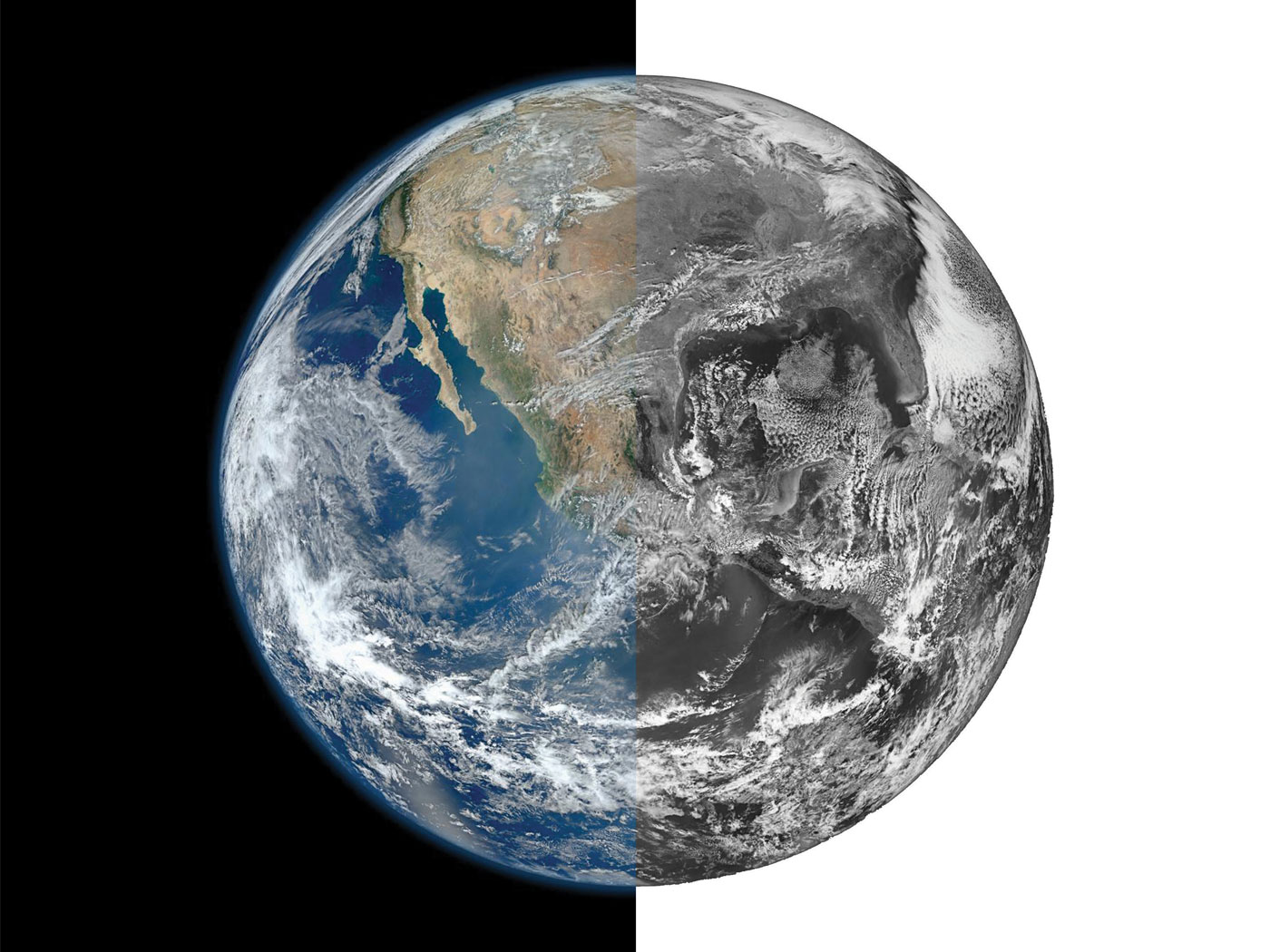According to evolutionary theory, chemicals must have somehow organized themselves into cellular life, presumably long ago. And that means that enzymes must have formed themselves, too.
But enzymes are highly engineered miniaturized machines. Even intelligent human scientists armed with the most sophisticated technology cannot reproduce their design and manufacture—so, logically, neither can unintelligent chemicals or the laws that govern them. The title of a recent scientific report asserted that a particular enzyme evolved. The study results, however, clearly demonstrate that this enzyme was purposefully created.
The investigators compared the three-dimensional structures of similarly shaped enzymes that are found in different species of bacteria. One enzyme splits water and combines the resulting hydrogen atoms with sulfur in a process that captures chemical energy. The researchers compared it with another class of enzymes that also splits individual water molecules, but then combines the hydrogen with a carbon-based molecule.
The enzyme that manipulates sulfur—called a CS2 (carbon disulfide) hydrolase—is required because its bacteria inhabit sulfurous volcanic waters in Italy. The studies confirmed that the core structure of the CS2 hydrolase, like that of similar enzymes, is critical. The scientists wrote in Nature, "Any change in this area of the protein [enzyme] adversely affected protein activity."1
On one hand, evolution's story requires that, at some point in time, something altered what would become the enzyme core again and again, as each structural piece evolved into place over eons. On the other hand, science shows that altering the enzyme core in the slightest is impossible without making the whole structure useless.
The researchers also found that CS2 hydrolase is distinct from enzymes with an otherwise identical core because it has an additional long, narrow tunnel through which only CS2 can pass. The tunnel "functions as a specificity filter," ensuring that no similar molecule such as carbon dioxide enters.1
The researchers found a clue in the DNA that suggested to them an idea of how the enzyme could have evolved. The DNA that codes for the tunnel portion of the CS2 hydrolase gene is surrounded by unique sequences, indicating that this DNA portion may have been added to the main enzyme's DNA. Perhaps some unknown cellular mechanism "stitched in" this extra bit at just the right place among the bacteria's 1.8 million DNA bases, adding the tunnel portion to a CO2-converting enzyme through "lateral gene transfer" and thereby forming CS2 hydrolase.2,1 If so, could this process properly be called "evolution"?
No—if the gene jumped from another bacterium to this one, it did not evolve because it already existed elsewhere. But in order for a lateral gene transfer to even work, in addition to the enzymes themselves, another mechanism had to already exist that could recognize, accept, and insert the foreign DNA in just the right place. Only then could it retrofit an enzyme in just the right way to enable the bacterium to live on sulfur.
Where's the evidence here for evolutionary innovation? Pre-existing DNA and pre-existing DNA transfer and splicing programs appear to have existed from the beginning.
The authors asserted that CS2 hydrolase "emerged owing to the evolution of a new quaternary [final protein] structure."1 But this ignores the facts that no new DNA actually "emerged," and the proper placement of transferred DNA required just the opposite of evolution—purposeful design.
CS2 hydrolase did not evolve. In fact, experimental science shows that this enzyme functions today only because of its precise and specific arrangement of parts. And like any machine with multiple, interconnected parts, whether biological or man-made, all the correct parts assembled in the correct configuration were needed from the very beginning.3
References
- Smeulders, M. J. et al. 2011. Evolution of a new enzyme for carbon disulphide conversion by an acidothermophilic archaeon. Nature. 478 (7369): 412- 416.
- Islas, S. et al. 2004. Comparative Genomics and the Gene Complement of a Minimal Cell. Origins of Life and Evolution of Biospheres. 34 (1-2): 243-256.
- For other examples, see Thomas, B. DNA Repair Enzymes: Vital Links in the Chain of Life. ICR News. Posted on icr.org August 27, 2008, accessed November 1, 2011. See also Thomas, B. Algae Molecule Masters Quantum Mechanics. ICR News. Posted on icr.org February 17, 2010, accessed November 1, 2011.
* Mr. Thomas is Science Writer at the Institute for Creation Research.
Article posted on November 10, 2011.















